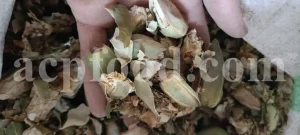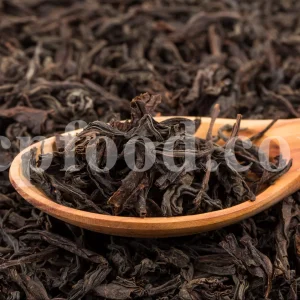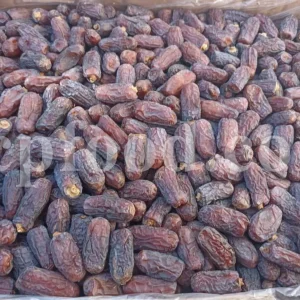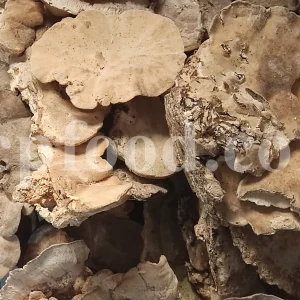English Name:
Nymphaea alba L.: European White Waterlily
Nuphar lutea (L.) Sibth. & Sm.: Yellow Cowlily
Other Names in English (UK, USA, Canada, South Africa, Australia, New Zealand):
Nymphaea alba L.: White Water Lily, Water lily
Nuphar lutea (L.) Sibth. & Sm.: Yellow Pond-Lily, Yellow water-lily
Family: Nymphaeaceae
GENERAL DATA
Plant Parts: Root, flower, seed, and flower hydrosol.
Cultivation Mode: Wild collection/ Cultivated
In Manufacturing: Pharmaceutical, hydrosol, extract, oil, herbal tea, alcoholic and non-alcoholic drink, cosmetics, incense, perfumery, seasonings, spice.
In Food: Water Lily pops
PRODUCT NAME IN DIFFERENT LANGUAGES
Persian Name: نیلوفر/ Niloufar
German Name (Deutschland, Austria, Switzerland):
Nymphaea alba L.: Weiße seerose, Weißer Lotus, Weißblühende Seerose, Seerose weiß
Nuphar lutea (L.) Sibth. & Sm.: Gelbe Teichrose, Grosse Teichrose, getrocknete Seerose, gelbe Seerosen blumen
French Name (France, Belgium, Switzerland, Quebec):
Nymphaea alba L.: Nymphéa blanc, Nénuphar blanc
Nuphar lutea (L.) Sibth. & Sm.: Nénuphar jaune
HARVEST CALENDAR
Feb
Mar
Apr
May
Jun
Jul
Aug
Sep
Oct
Nov
Dec
To order European white waterlily, please contact us.
About Nymphaea Alba and Nuphar Lutea
Water lily is a perennial aquatic plant that has many species. This plant can grow in waters up to six meters deep.
The underground stem of the lotus is large, thick, fleshy, and bitter and grows inside the flower. The bark of the underground stem of the Water Lily is dark blue and blackish. But it has a white kernel.
From its underground stem, many branches grow towards the surface of the water, which in fact they are the leaves and peduncles of the plant. These petioles and peduncles are soft, hollow, very elongated, often yellowish brown and sometimes green with red veins, and their cross section is circular.
Its leaves are large, usually circular, sometimes oval, semi-glossy, and floating on the surface of the water. The underside of each leaf is often reddish. The petioles of these leaves are almost connected to the center of each leaf. Each leaf has a large gap that appears radially at the junction of the petiole.
Its flowers are big, white, sometimes cream color, sometimes pinkish and fragrant and grow on the surface of the water. Each flower has many elongated, almond-shaped, sometimes pointed, delicate, and completely separate petals.
The fruits of this plant are large and spherical, and there are many small appendages on their surface. These fruits are green at first. But after fully ripening, they turn brown. Inside each fruit there are several cavities in the form of concentric plates. A large number of small, slightly elongated and black seeds can be seen inside each cavity.
The best Waterlily has a white and fragrant flower.
Water Lily Temperament
The flower is at the second degree of cold and wet. The root is hot and dry. The seed of Waterlily is cold and dry.
Castalin derivative, HHDP-gluconic acid, Ellagic acid-galloyl hexoside, Phyllanthusiin B, Vescalagin or castalagin, Apigenin, Phyllanthusiin C, Corilagin (Galloyl HHDP hexoside), Pedunculagin (Bis HHDP-hexoside), Castalin, Phyllanthusiin C derivative, Lagerstannin C (Galloyl-HHDP-gluconic acid, Catechin or epicatechin, Lagerstannin B (flavogalloyl HHDP-gluconic acid), Granatin B(Galloyl-HHDP-DHHDP-hex), Dehydrated tergallic C-glucoside, Cinnamic acid derv., Phyllanthusin B derivative, Valoneic acid dilactone, Gallic acid derivative, Ellagitannin derivative, Digalloyl ellagic acid, Castalgin derivative, Chebulagic acid, Ellagic acid pentoside, Ellagic acid rhamnosyl, Geraniin, Vescalagin derivative, Galloyl ellagic acid, Gallic acid.
Water Lily Health Benefits
The Waterlily flower is a thirst quencher. Its flower hydrosol relieves the heat of the heart and liver.
Eating it heals internal and external wounds caused by excessive consumption of hot temperament herbs. Eating and inhaling it is a warm heart tonic, a warm brain tonic, helps to relieve hot headaches, dry brain, catarrh, hot cough, and chest tightness. Eating its flower with the appropriate herb is a heart and liver heat reliever and cures smallpox, typhoid, and severe fevers.
Eating Water Lily with Saffron and Cinnamon is a tonic for the heart and relieves suffocation. Eating its flower along with Poppy syrup reduces the intensity of sexual desire and helps to cure chronic diarrhea, intestinal ulcer, semen leakage and nocturnal emission. Rubbing its decoction on the head relieves the headache.
Eating the underground stem of Waterlily reduces libido and is useful for treating chronic diarrhea, splenomegaly, intestinal ulcer, semen leakage and nocturnal emission. Keeping some underground stem of Waterlily in the mouth is proven to cure diphtheria and pharyngitis.
Poultice of its underground stem improves stomach pain, anal pain, bladder pain, splenomegaly, and anal edema. Poultice of its underground stem with water is effective in the treatment of vitiligo. Poultice of its underground stem with honey helps to cure alopecia areata. Rubbing the decoction of its underground stem with vinegar on warm swelling and covering it will remove it.
Eating its seeds improves leukorrhea. Its seeds poultice stops bleeding and relieves bladder pain.
Its flower hydrosol helps to treat smallpox, typhoid, severe fevers, bilious fevers, hot headache, hot cough, pleurisy, pneumonia, and hot palpitation.
Water Lily Dose
Eating Nymphéa blanc (French name) flowers up to 6 grams. 20 grams of its flower decoction. Its underground stem from 2 to 6 grams. Its seeds up to 6 grams.
Water Lily Side Effects
Eating all parts of the Nymphaea alba plant causes sexual weakness. Its flower is harmful to the bladder. Its seed causes sperm freezing.
Water Lily Modifiers
Nuts and honey to remove the harm of Water Lily plant components on sexual power. Rock candy and honey to remove the damage of its flower on the bladder.
To order European white waterlily, please contact us.









Reviews
There are no reviews yet.